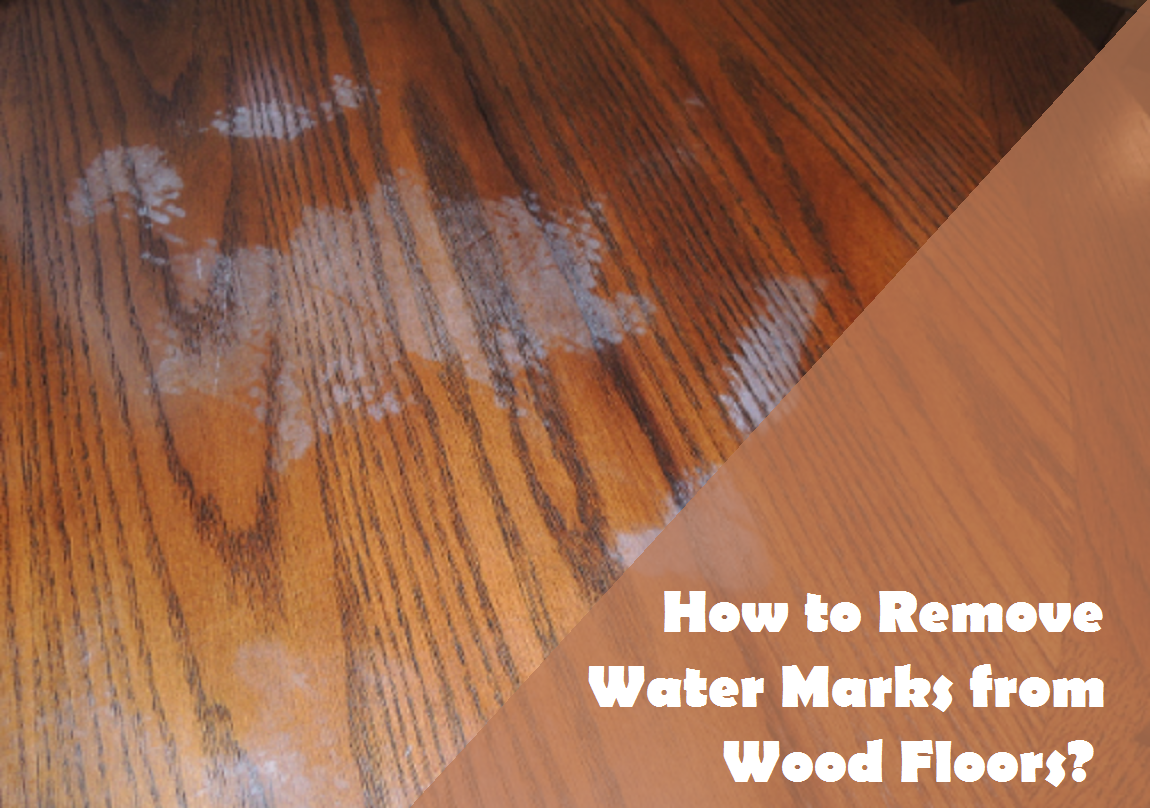Picture this: you’re standing in your kitchen, gazing upon a stubborn stain that refuses to budge from your beloved hardwood floors. You reach for the bleach, a trusted weapon against grime and bacteria. But wait! Is bleach safe to use on hardwood? Many homeowners wrestle with this very question. We’re here to shed light on this common dilemma and help you make informed decisions about cleaning your precious floors.

Image: tranceblackman.blogspot.com
Hardwood floors are a prized possession, adding elegance and warmth to any home. Maintaining their beauty requires careful attention, and the question of whether or not bleach can be used often arises. While bleach is a powerful cleaning agent, it’s crucial to understand its potential impact on hardwood surfaces. Using bleach water on hardwood floors could lead to detrimental consequences, and this article will explore the reasons why.
Why Bleach is a No-No for Hardwood Floors
Hardwood floors are made from natural wood, and their structure is intricate and delicate. Wood is porous, meaning it readily absorbs liquids, including those containing harsh chemicals like bleach. When bleach comes into contact with hardwood, it can cause a myriad of problems:
1. Discoloration and Dulling
Bleach is notorious for its lightening properties. While it effectively removes stains from surfaces like white fabrics, the same bleaching effect can occur on hardwood floors, leading to discoloration and a dull, lifeless appearance. The wood’s natural color and finish can be permanently altered, leaving behind an uneven and unattractive look.
2. Damage to the Finish
Hardwood floors are typically coated with a protective finish that seals the wood and helps repel stains, spills, and wear and tear. Bleach, however, can react with this finish, causing it to break down, crack, or even peel away. This weakens the protective barrier and leaves the wood susceptible to further damage and discoloration.

Image: almahdihardwoodflooring.com
3. Warping and Swelling
Bleach water, when applied to hardwood, can penetrate the wood’s pores and cause it to swell and warp. The moisture from the bleach can change the dimensions of the wood fibers, leading to unevenness and buckling. This can severely compromise the structural integrity of the floor and even require costly repairs.
4. Chemical Reactions
Bleach, a strong oxidizer, can react with other cleaning products or substances on the floor, resulting in unexpected and potentially harmful outcomes. This could lead to the release of harmful fumes or volatile compounds that can damage your floor’s finish and pose health hazards.
Safe and Effective Alternatives for Cleaning Hardwood Floors
While bleach may seem like an easy solution for cleaning, it’s important to remember that gentler and more appropriate methods exist for hardwood floors. Here are some safe and effective cleaning solutions:
1. Diluted Vinegar
Vinegar is a natural cleaning agent that effectively removes dirt and grime without harming your hardwood floors. Mix equal parts white vinegar and water in a spray bottle, apply to the floor, and wipe clean with a soft cloth. Vinegar’s acidity helps to lift dirt and sanitize surfaces without damaging the wood’s finish.
2. Wood Floor Cleaner
Dedicated wood floor cleaners are formulated specifically for hardwood surfaces. They contain gentle surfactants that break down dirt and oils without harming the finish. Choose a cleaner that is pH-neutral and designed for your type of hardwood finish.
3. Baking Soda
Baking soda is a natural abrasive that can be used to scrub stubborn stains. Create a paste by mixing baking soda with water, apply to the stain, and let it sit for a few minutes before scrubbing with a soft cloth. Rinse thoroughly with water afterward.
4. Steam Cleaning
Steam cleaning uses high-temperature steam to sanitize and remove dirt and grime without harsh chemicals. It’s a highly effective method for deep cleaning hardwood floors and removing embedded dirt. However, ensure you use a steam cleaner designed for hardwood floors and follow the manufacturer’s instructions carefully.
Tips for Maintaining Hardwood Floor Beauty
To keep your hardwood floors looking their best, here are some essential maintenance tips:
1. Regular Sweeping and Vacuuming
Sweep or vacuum your floors regularly to remove dust and debris that can accumulate and scratch the surface. Use a soft-bristled broom or a vacuum with a brush attachment designed for hardwood floors.
2. Avoid Excessive Moisture
Never let water or cleaning solutions sit on your hardwood floors for extended periods. Excess moisture can seep into the wood and cause swelling or damage the finish. Always wipe up spills immediately and ensure the floor is dry before walking on it.
3. Protect from Scratches
Place mats or rugs in high-traffic areas to help protect your floors from scratches. Use furniture pads to prevent scratches from the legs of chairs, tables, and other furniture. Avoid dragging heavy objects across the floor.
4. Periodic Refinishing
Over time, hardwood floors may show signs of wear and tear. Refinishing, which involves sanding down the surface and applying a new finish, can restore their beauty and extend their lifespan. Consult a professional floor refinisher for expert advice and services.
Can You Clean Hardwood Floors With Bleach Water
Conclusion
While bleach seems like a tempting solution for cleaning, its use on hardwood floors is a recipe for disaster. The harsh chemicals in bleach can permanently damage the wood, its finish, and its overall appearance. Instead, opt for safe and effective alternatives like vinegar, wood floor cleaners, baking soda, and steam cleaning. By following proper cleaning and maintenance practices, you can keep your hardwood floors looking their best for years to come.





